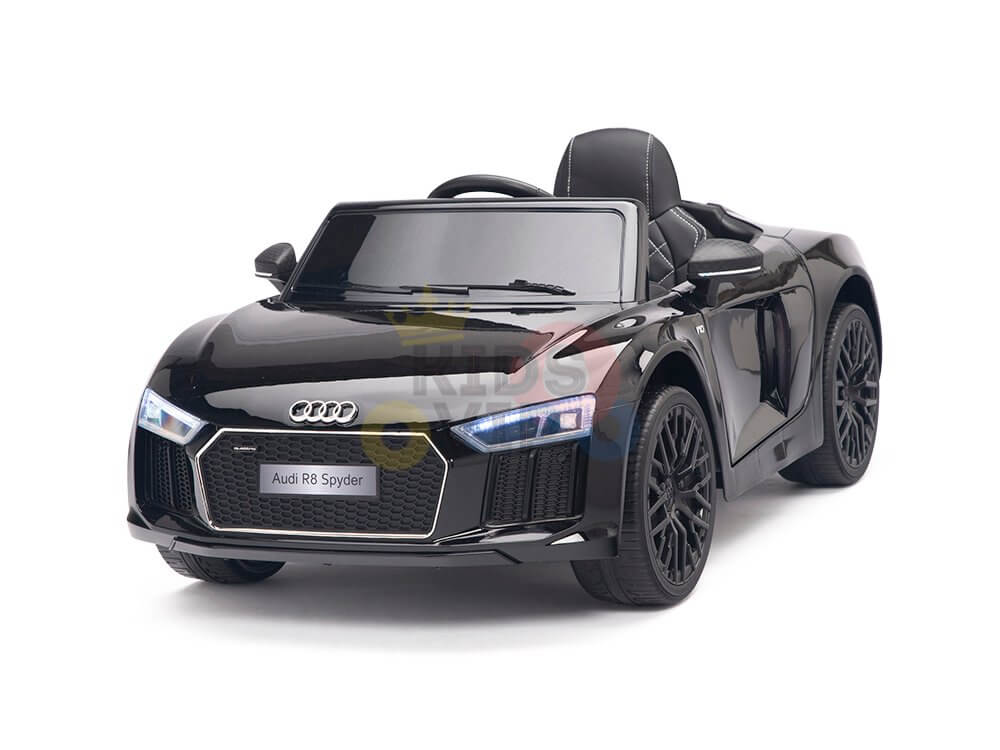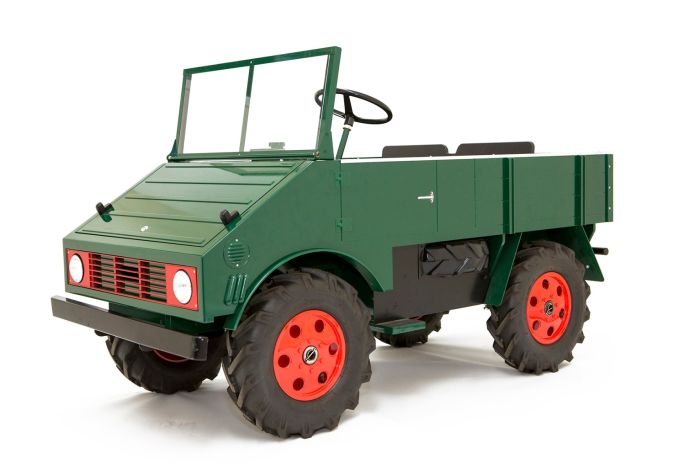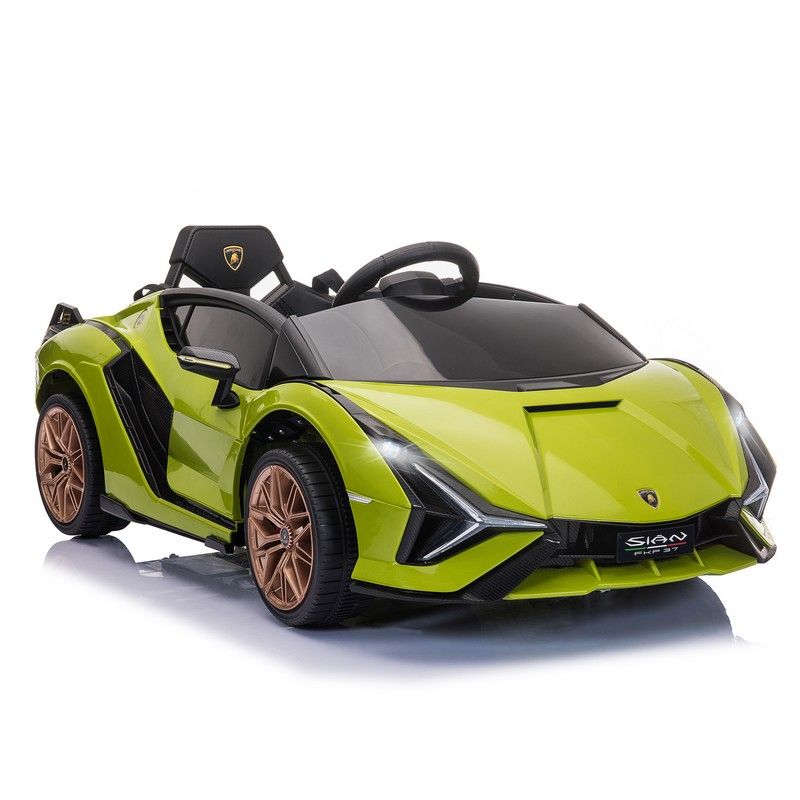Handy Reasons On Deciding On Electric Kids Cars
Wiki Article
How Should You Choose A Ride-On Vehicle For A Toddler Or Older Child?
Consider the following factors when you are buying a ride-on automobile for your child: age development stage, size. These are all crucial to ensure that the ride-on is suitable and safe for your child. What should you consider when considering these factors – Age
These cars are designed to be used by toddlers. These cars usually have the appearance of a stable, low-profile design that has easy-to-use controls. They also often feature basic features, like buttons, a steering wheel or handles. Select a ride-on vehicle that have a large base for stability and minimal risk of tipping over.
Children over 3 years of age can manage more advanced ride-on vehicles equipped with additional features and controls. Find cars with seats that can be adjusted, larger capacity for weight and features like working lights, music and sound. Consider ride-on vehicles that have adjustable speeds or parental controls for different levels of skill.
Size -
Weight and height are important factors to consider when selecting the right ride-on you should take into account your child's height and weight. Choose a car with an adjustable height of the seat and a capacity to accommodate your child's weight. Avoid small or large cars which are unsafe to drive in or uncomfortable.
Comfort & Legroom – Make sure the ride-on vehicle is spacious enough for your child to have a comfortable seat. Make sure the car's seat area is suitable for your child.
Developmental Stage
Motor Skills: Consider the abilities of your child in regards to coordination, motor skills, and balance when selecting the right car. While infants and toddlers may require easier controls to navigate the car, older kids can handle more complex controls and interactive features.
Independence and Confidence. Ride-on cars can help to build independence and confidence as children master the ability how to steer and control the car. Pick a car that permits your child to practice steering as well as acceleration and braking independently, building their motor skills and confidence over time.
Interest and Engagement Engaged and Interest: When choosing the ride-on for your child, take into consideration the interests and preferences of your child. Select a car that has themes and colors or features that are appealing to your child's interests regardless of whether it's a vintage vehicle or a sports car trucks, or a themed car with a character.
By taking into consideration your child's age as much as their height and stage, you will be able to choose a safe, comfortable ride that your child will enjoy and learn from. Read the recommended McLaren kids car for blog recommendations including riding digger, ride a toy, childs car toy, car on ride, toy with car, childrens ride on, pedal car, two seater electric cars, toy with car, electric rideons and more. .

What Models For Kids Can Be Used Both Indoors And Out?
The features of the models designed for outdoor and indoor use differ. Here are a few variations in these car models - Indoor Use Cars
Size and Weight - Cars designed for indoor use are typically smaller and lighter in weight to maneuver easily within confined areas like playrooms, living spaces or hallways. They are small enough to be maneuverable around tight corners and narrow passageways without damaging furniture or walls.
Low Ground Clarity - Indoor vehicles have low clearances that prevent them from getting stuck, or snagged, on obstacles, such as carpets, rugs, or thresholds. This allows for smooth and uninterrupted movement over indoor surfaces.
Smooth Wheels. The wheels utilized in cars for indoor use are constructed from materials such as rubber or plastic to give them traction. They are engineered with minimal noise to avoid scratching or scuffing indoor surfaces.
Limited Speed – Indoor cars tend to be restricted in speed, to allow for safe and controlled driving even in tight spaces. This can help to prevent collisions and accidents with furniture, walls, or other objects found in indoor spaces.
Outdoor Use Cars -
Construction that is durable - Outdoor cars are constructed with durable materials like steel or tough plastic, to withstand the rigors of handling and the elements of nature such as sunlight, moisture and temperature fluctuations. They are more durable against wear and tear due to exposure to conditions outside.
Higher Ground Clearance: Outdoor-use vehicles are equipped with a greater level of ground clearance for navigating bumps and uneven terrain when driving outdoors. They are able to traverse rough surfaces including pavement gravel, grass and dirt.
Traction tires - Tires that are designed for outdoor vehicles usually come with treads and patterns that provide greater grip and traction when driving on slippery or uneven surfaces. This helps to maintain control and stability while driving on uneven terrain.
Weather Resistant Components - Cars for outdoor use may have weather-resistant parts like sealed electronic components with waterproof casings, or rust resistant materials. These components safeguard the car from moisture and environmental damage. They are able to withstand the elements of rain, mud, or puddles and still perform.
Higher Speed - Outdoor usage cars usually have higher maximum speeds to accommodate open spaces and longer distances commonly encountered outdoors. Children can experience a more adventurous and thrilling experience on the road.
Parents can select a car for their kids that is suitable to their needs, indoors or out, by considering the features and design. This will ensure the safety, enjoyment and lasting play experience. Have a look at the recommended go here about kids cars for more advice including toy a car, kiddies cars, kiddies cars, race car toy car, digger ride, riding digger, childs car toy, toy and car, toy car toy car, electric rideons and more. .

What Kinds Of Remote-Controlled Cars Are There? What Are Their Pros And Cons?
Remote control children's vehicles, also known as RC cars, or remote-controlled vehicles are available in different sizes and styles as well as prices to meet different preferences and budgets. Here's a list of the different kinds of remote-controlled children's cars, including their dimensions, prices as well as pros and cons.
Electric RC Cars – Batterie-powered remote-controlled vehicles that can be used both indoors and out. These cars come in a range of designs such as buggies, trucks or sports cars.
Nitro RC Cars – Gas powered remote controlled vehicles that offer greater performance but need more maintenance. They tend to be larger and cost more than electric RC cars.
Scale Models: Remotely controlled replicas that include real vehicles like cars, planes, trucks and boats. Model sizes vary between 1-10 and 1--24. Larger models have more detail and more realism.
Sizes -
The sizes of remote-controlled vehicles for children vary from tiny micro-sized versions to larger-scale replicas. The size and weight of the car can affect the performance.
Micro-sized car are lightweight and compact. They're ideal for young children and indoor use. The larger cars offer more power and durability making them ideal for off-roading or racing.
Prices
Prices vary based on size, features brand and the build quality.
Small electric RC cars be priced between $20 and $100 The larger-scale nitro and electric RC cars are available between $100 and $500 or more.
Model cars of scale and high-end hobby RCs range from several hundred to over 1,000 dollars, based on how precise and powerful they are.
The Pros and Cons of -
Pros -
Entertainment - Remote controls for children's cars provide endless entertainment and fun for children and adults alike.
Skills Development The use of RC vehicles aids in the development of hand-eye coordination, spatial awareness and problem-solving abilities.
Social Interaction - RC cars can be enjoyed with friends and family, promoting social interaction and cooperation.
Customization - Many RC automobile models are customized using aftermarket parts or upgrades to boost performance and aesthetics.
Cons
Cost - Remote control cars for kids, particularly ones with top-of-the-line features and model that are hobby-grade can be quite expensive.
Learning Curve - Operating an RC car requires practice and expertise, and smaller children might struggle with the controls in the beginning.
Maintenance is essential for car owners who own RC vehicles. They should regularly clean or lubricate their vehicles, as well as make repairs or replace the parts.
Safety Issues - RC cars can pose safety risks including falls, collisions and electrical hazards if they aren't used under supervision of an adult and the utmost care.
Remote control cars for children can be a fantastic learning and entertaining experience. But, it's crucial to select the appropriate model based on aspects such as size, safety, cost and features. These RCs are suitable for older kids and enthusiasts and simpler models can be a good fit for younger children and beginners. Check out the most popular JCB ride on toys kidscars.co.uk news for blog recommendations including digger ride, car toy toy, electric ride along car, car toy car toy, toy car for car, car toy car toy, pedal car, toy car for car, childrens digger, toy the car and more. .
